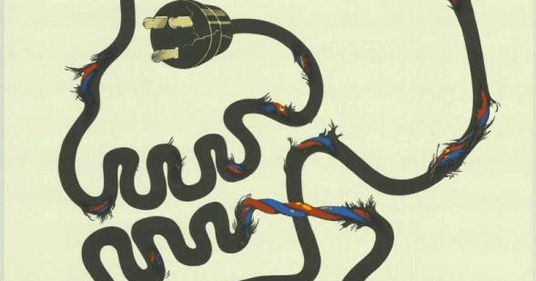Reputation
Review: The Narrative Age by Frank Wolf
Very few communicators or leaders succeed in articulating clearly and simply the distinction between narrative and story, why both are important, and how companies can use them to build reputation. Frank Wolf has done this in his excellent book The Narrative Age: How leaders can inspire change in a polarized world.
As co-founder and Chief Strategy Officer of Staffbase, an employee and corporate communications platform, Frank is a leader, a communicator, and a communications advocate. There probably isn't anyone better placed to have written this book and I'm glad he did.
My copy is filled with pencil underlinings, post-it notes with ! on and scribbles to self. It is full of rich insights for me as a communicator, an advisor to senior leaders and as the author of a forthcoming book. Be prepared to see Narrative Age quotes in We Need New Leaders!
I'll try to articulate some key findings here:
Frank very clearly shows that stories are the tiles that create the mosaic of narrative (his metaphor). Think story + story + story = narrative. I love this, because the two have been used interchangeably to date, and his definition is pragmatic and useful. The argument also shows that narrative + narrative + narrative = reputation, and this makes sense to me because in my recent MSc thesis on reputation, I found (and Frank concurs) that companies build reputation slowly and proactively over time.
One of the most useful concepts in the book to illustrate this is the idea of the narrative moat. According to Frank, 'a "moat" in a business context is a company's competitive advantage that is difficult for competitors to imitate or overcome, It protects the business much like a moat protects a castle. Strong narratives are able to build long-lasting competitive advantages for organizations.'
You build strong narratives as a moat against incursions such as reputational risk. When something goes wrong, and your reputation is at stake, your narrative moat is there to protect you.
Another idea I enjoyed in the book is that the North Star is the heart, or core, of the narrative moat. He suggests that the North Star is targeted first at employees, because reputation is built from the inside, and then at all other audiences and stakeholders. And 'a great North Star makes us care' - so reader beware, if you're creating a North Star and no-one cares then you're risking losing, or worse boring, all your audiences. Make it worth the effort!

As a long-term executive communicator, I loved the section about how transformational leaders use narrative to build credibility (I'll be building on this in my book!). According to Frank, 'Stakeholders will become more convinced that a company can achieve its aspirational goals if the CEO builds a narrative of bold decision-making. External stakeholders value senior leaders who are well-aligned with and passionate about their organization's mission and constantly demonstrate that they will do what it takes to get there.' And internal stakeholders are inspired by a mission and vision that connects the organization's narrative with their personal ones. Frank compares transformational leaders to old-school transactional leaders who motivate through carrot and stick.
I've cherry-picked some of my favourite parts of the book, but it has so much more to offer. It is a handbook for leaders who want to inspire and for communicators who want to help leaders build convincing narratives to shore up reputation. There is an extremely useful chapter on CommsTech and AI in communications, as well as several real-world examples from industry and practical strategies to craft narratives that really land.
The Narrative Age is a genuine treasure trove of insights for anyone who wants to understand narrative and use it to inspire, convince and motivate an audience for change.

Charlotte Otter
Charlotte believes that in the attention economy, strategy and story need to be symbiotic.


